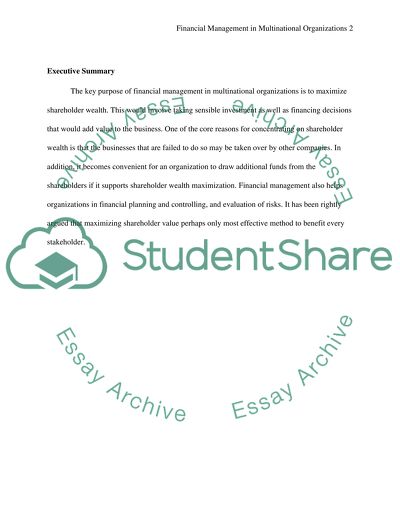Cite this document
(“Financial Management in Multinational Organizations Research Paper”, n.d.)
Financial Management in Multinational Organizations Research Paper. Retrieved from https://studentshare.org/finance-accounting/1401947-financial-management-in-multinational
Financial Management in Multinational Organizations Research Paper. Retrieved from https://studentshare.org/finance-accounting/1401947-financial-management-in-multinational
(Financial Management in Multinational Organizations Research Paper)
Financial Management in Multinational Organizations Research Paper. https://studentshare.org/finance-accounting/1401947-financial-management-in-multinational.
Financial Management in Multinational Organizations Research Paper. https://studentshare.org/finance-accounting/1401947-financial-management-in-multinational.
“Financial Management in Multinational Organizations Research Paper”, n.d. https://studentshare.org/finance-accounting/1401947-financial-management-in-multinational.


